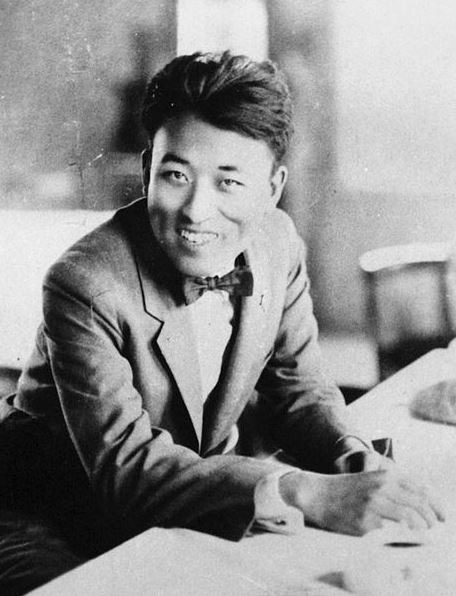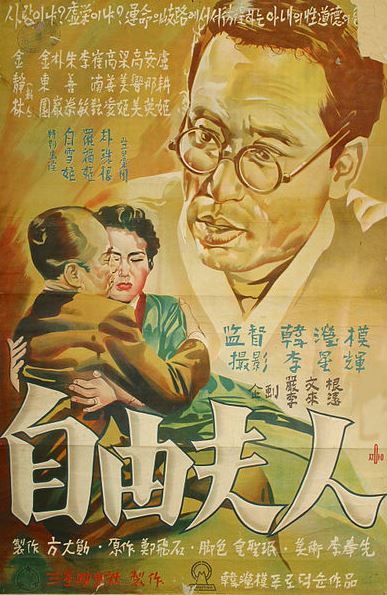Korean pop culture is making global waves, with Korean cuisine, skincare products, TV shows, and music now becoming a worldwide phenomenon. Chances you’ve also seen or heard about Train To Busan or the award-winning film Parasite that bagged 4 awards in the Oscars in 2019, giving South Korea big international recognition. But when, where, and how did the South Korean Film industry start? Why are they so good and how did their films become what they are today? Read on below and as we’re looking back at the tumultuous yet colorful history of South Korean cinema.
Check out https://www.90daykorean.com/ for more information.
Korea under the Japanese Regime
While still under Japanese colonization, Seoul and other regional centers, such as Pyongyang and Busan. Japanese entrepreneurs were the owners of most of these establishments, though some Koreans were able to raise ample amounts of capital to show films imported from the West. Later on, these resources were utilized to back the country’s first locally produced films.
It all started in 1919 with the movie “The Righteous Revenge,” South Korea’s first “film.” It was directed by Kim Do-san, which debuted on October 27th at the Dansungsa Theater, the country’s first local cinema in central Seoul. Though the movie attracted crowds and reportedly pleased the public, intellectuals heavily criticized it as being a kino drama or a stage act with short clips or motion pictures in between. Thus, it was not considered a “true” or “proper” film due to its mixed-media format.
Silent feature films started appearing in 1923 and several years later, more Korean movie outfits would appear. “Arirang” (1926) is deemed to be the highlight of this period. It was a silent film under the direction of Na Woon-gyu. It is hailed as one of the country’s most influential and nationalistic films that denounced the Japanese occupation. It served as an inspiration for many filmmakers at that time, yearning to make films about veracity and resisting the Japanese regime.
As local cinema was starting to become popular, Japanese censorship came into the picture halting its proliferation. All features had to be approved by the Japanese government prior to being shown, with restrictions becoming stricter in the 1930s, allowing pro–Japanese films to become abundant. Some Korean films were even outrightly banned and destroyed.
In 1935, “Chunhyang-jeon” became South Korea’s first sound feature film, based on one of the country’s best-known love stories and folk tales. Yet, money to produce more sound films became a challenge. Not to mention that Korean sound films were thrown with more strident criticisms. Luckily, “Drifter” (1937) became a commercial hit, making sound films the standard. However, Japan’s invasion of China occurred the same year, forcing filmmakers from Korea to produce movies that will back up the war effort. Five years later, the Japanese prohibited creating Korean-language movies.
The Korean War
The Korean War wreaked havoc on Korea’s film history, with much of the footage, infrastructures, and resources lost due to destruction or neglect brought by the conflict. Only a few fragments remain and none of the films produced prior to 1934 are available in their entire form today.
During the war, the film industry was transferred to Busan, but many filmmakers were rather involved in shooting documentaries and news footage. With the surrender of the Japanese forces in 1945, movies from the west started reaching Korea, fueling its rebirth.
In 1953, President Rhee Syngman signed a declaration to exempt cinema from all taxes in an attempt to revive the country’s film industry. Additional foreign aid programs including new equipment and technology came and more theaters and companies were established in the mid-1950s to the 1960s, signaling the rise of Korean cinema.
The Golden Age
1955 is considered to be the start of the South Korean Film Industry’s Golden Age. Lee Kyu Hwan’s “The Story of Chunhyang-Jeon” drew 10% of the city’s population back to the theaters. Han Hyung-mo’s “Madame Freedom” (1956) was also a massive hit, a romantic melodrama adapted from a controversial novel released in a local newspaper. Producing only 8 films in 1954, the country made more than a hundred in 1959.
During this era, melodramas became widely popular, tackling plots that the public can easily relate to such as relationships and class issues. An example of this was “The Housemaid,” which story revolves around a manipulative servant who seduces her master. Talents both in filmmaking and acting poured in and the South Korean film industry relished the unprecedented success at the box office.
Censorship
Sadly, military dictator Park Chung Hee implemented the “Motion Picture Law” in 1962 which strengthened the control of the government over the country’s film industry. Thus, gravely affecting the creative aspect of the films produced. By the early 1970s, South Korean cinema saw even increased levels of censorship and rejected admissions, resulting in a massive commercial slide. Though Chung-hee was assassinated in 1979, these censorship laws were sustained under the authoritarian government of President Chun Doo-hwan.
The Rise, The Fall, and The Renaissance
By the 1980s, rapid industrialization hit South Korea, resulting in the relaxation of the government’s control of the film and media industry. Regulatory restrictions and consolidations loosened, allowing the birth of independent filmmakers and new approaches and techniques to filmmakers, which all have massive positive effects on Korean cinema. The film industry began to recover, highlighted by some international recognitions, such as Kang Su-yeon’s Best Actress award for “Surrogate Mother” in the 1987 Venice Film Festival.
American film companies and national conglomerates also started entering the film industry through producing, financing, distributing films, helping inculcate better business practices into the industry, and supporting film directions. Though foreign films were allowed, the government limited them from being played, providing ample space for the domestic film industry to compete and grow.
Sadly, the International Monetary Fund (IMF) crisis took a toll on the industry again. The saving grace of South Korean cinema was the new generation of younger, commercially-minded directors that created hit films like “The Contact” (1997), “Shiri” (1999), “My Sassy Girl” (2001), and “Taegukgi” (Je-gyu, 2004),” which all captured the hearts of the local audiences, making them embrace domestic films more than the foreign titles.
In line with this, more directors and movies gained recognition outside the country, resulting in more international screening and sales and helping Korean cinema establish its prominence across the world. Today, South Korean films remain popular across the world, tackling various topics and stories in interesting, creative, and mind-puzzling ways than we are accustomed to.



